
What is the difference between off-the-shelf software and customized software?
Last updated: November 01, 2022 Read in fullscreen view
- 20 Jan 2022
 Difference between Bug, Defect, Error, Fault & Failure 22/1240
Difference between Bug, Defect, Error, Fault & Failure 22/1240 - 18 Oct 2020
 How to use the "Knowns" and "Unknowns" technique to manage assumptions 21/989
How to use the "Knowns" and "Unknowns" technique to manage assumptions 21/989 - 17 Oct 2022
 What is the difference between low-end, mid-end and high-end solutions of project management software? 19/1350
What is the difference between low-end, mid-end and high-end solutions of project management software? 19/1350 - 01 Oct 2020
 Fail fast, learn faster with Agile methodology 13/973
Fail fast, learn faster with Agile methodology 13/973 - 02 May 2022
 Difference between CapEx vs. OpEx: Two Ways to Finance Your Software Project 12/1433
Difference between CapEx vs. OpEx: Two Ways to Finance Your Software Project 12/1433 - 03 Aug 2022
 What Are OLAs? SLAs vs OLAs vs UCs: What’s The Difference? 11/970
What Are OLAs? SLAs vs OLAs vs UCs: What’s The Difference? 11/970 - 10 Nov 2022
 Poor Code Indicators and How to Improve Your Code? 7/213
Poor Code Indicators and How to Improve Your Code? 7/213 - 19 Oct 2021
 Is gold plating good or bad in project management? 7/754
Is gold plating good or bad in project management? 7/754 - 06 Feb 2021
 Why fail fast and learn fast? 6/375
Why fail fast and learn fast? 6/375 - 08 Nov 2022
 4 tips for meeting tough deadlines when outsourcing projects to software vendor 6/254
4 tips for meeting tough deadlines when outsourcing projects to software vendor 6/254 - 01 Mar 2023
 Bug Prioritization - What are the 5 levels of priority? 6/207
Bug Prioritization - What are the 5 levels of priority? 6/207 - 01 Sep 2022
 Facts Chart: Why Do Software Projects Fail? 6/540
Facts Chart: Why Do Software Projects Fail? 6/540 - 14 Oct 2021
 Advantages and Disadvantages of Time and Material Contract (T&M) 4/789
Advantages and Disadvantages of Time and Material Contract (T&M) 4/789 - 06 Mar 2021
 4 things you need to do before getting an accurate quote for your software development 4/615
4 things you need to do before getting an accurate quote for your software development 4/615 - 07 Dec 2021
 What's the difference between soft freeze, hard freeze and customization freeze? 4/1130
What's the difference between soft freeze, hard freeze and customization freeze? 4/1130 - 10 Apr 2022
 Difference Between Forward and Backward Reasoning in AI 4/1576
Difference Between Forward and Backward Reasoning in AI 4/1576 - 21 Jun 2022
 Difference between Quality and Grade 4/698
Difference between Quality and Grade 4/698 - 16 Apr 2021
 Insightful Business Technology Consulting at TIGO 3/376
Insightful Business Technology Consulting at TIGO 3/376 - 09 Mar 2022
 Consultant Implementation Pricing 3/184
Consultant Implementation Pricing 3/184 - 16 Feb 2021
 Choose Outsourcing for Your Non Disclosure Agreement (NDA) 3/150
Choose Outsourcing for Your Non Disclosure Agreement (NDA) 3/150 - 08 Oct 2022
 KPI - The New Leadership 3/557
KPI - The New Leadership 3/557 - 31 Oct 2021
 Tips to Fail Fast With Outsourcing 3/375
Tips to Fail Fast With Outsourcing 3/375 - 18 Aug 2022
 What are the consequences of poor requirements with software development projects? 3/242
What are the consequences of poor requirements with software development projects? 3/242 - 15 Aug 2023
 Production-Ready vs Feature-Complete: What’s the Difference? 3/157
Production-Ready vs Feature-Complete: What’s the Difference? 3/157 - 22 May 2025
 Role of Self-Service in CRM: Customer & Partner Portals for Automation 3/72
Role of Self-Service in CRM: Customer & Partner Portals for Automation 3/72 - 10 Dec 2023
 Pain points of User Acceptance Testing (UAT) 2/416
Pain points of User Acceptance Testing (UAT) 2/416 - 23 Sep 2021
 INFOGRAPHIC: Top 9 Software Outsourcing Mistakes 2/411
INFOGRAPHIC: Top 9 Software Outsourcing Mistakes 2/411 - 07 Jul 2021
 The 5 Levels of IT Help Desk Support 2/380
The 5 Levels of IT Help Desk Support 2/380 - 17 Feb 2022
 Prioritizing Software Requirements with Kano Analysis 2/280
Prioritizing Software Requirements with Kano Analysis 2/280 - 28 Dec 2021
 8 types of pricing models in software development outsourcing 2/417
8 types of pricing models in software development outsourcing 2/417 - 13 Dec 2020
 Move fast, fail fast, fail-safe 2/292
Move fast, fail fast, fail-safe 2/292 - 10 Apr 2021
 RFP vs POC: Why the proof of concept is replacing the request for proposal 2/254
RFP vs POC: Why the proof of concept is replacing the request for proposal 2/254 - 05 May 2022
 DAM vs. CMS: What's the difference? 2/443
DAM vs. CMS: What's the difference? 2/443 - 18 Mar 2022
 Difference between Project Management and Management Consulting 2/321
Difference between Project Management and Management Consulting 2/321 - 01 Feb 2022
 Outstaffing Vs. Outsourcing: What’s The Difference? 2/565
Outstaffing Vs. Outsourcing: What’s The Difference? 2/565 - 09 Dec 2021
 Customer Service vs Technical Support: What’s The Difference? 1/223
Customer Service vs Technical Support: What’s The Difference? 1/223 - 30 Oct 2022
 How Much Does MVP Development Cost in 2023? 1/170
How Much Does MVP Development Cost in 2023? 1/170 - 19 Apr 2021
 7 Most Common Time-Wasters For Software Development 1/525
7 Most Common Time-Wasters For Software Development 1/525 - 07 Oct 2022
 Digital Transformation: Become a Technology Powerhouse 1/216
Digital Transformation: Become a Technology Powerhouse 1/216 - 09 Feb 2023
 The Challenge of Fixed-Bid Software Projects 1/191
The Challenge of Fixed-Bid Software Projects 1/191 - 26 Dec 2023
 Improving Meeting Effectiveness Through the Six Thinking Hats 1/205
Improving Meeting Effectiveness Through the Six Thinking Hats 1/205 - 05 Jan 2024
 Easy ASANA tips & tricks for you and your team 1/180
Easy ASANA tips & tricks for you and your team 1/180 - 11 Jan 2024
 What are the Benefits and Limitations of Augmented Intelligence? 1/434
What are the Benefits and Limitations of Augmented Intelligence? 1/434 - 06 Jun 2024
 Software Upgrade vs Software Update: What is the difference? 1/212
Software Upgrade vs Software Update: What is the difference? 1/212 - 01 May 2023
 CTO Interview Questions 1/296
CTO Interview Questions 1/296 - 12 Mar 2024
 How do you create FOMO in software prospects? /127
How do you create FOMO in software prospects? /127 - 17 Mar 2025
 IT Consultants in Digital Transformation /62
IT Consultants in Digital Transformation /62 - 10 Jul 2025
 Building AI-Driven Knowledge Graphs from Unstructured Data /111
Building AI-Driven Knowledge Graphs from Unstructured Data /111 - 14 Mar 2024
 Why should you opt for software localization from a professional agency? /117
Why should you opt for software localization from a professional agency? /117 - 01 Mar 2023
 How do you deal with disputes and conflicts that may arise during a software consulting project? /145
How do you deal with disputes and conflicts that may arise during a software consulting project? /145 - 20 Nov 2022
 Software Requirements Are A Communication Problem /233
Software Requirements Are A Communication Problem /233 - 25 Jan 2022
 What is the difference between Outsourcing and Outstaffing? /261
What is the difference between Outsourcing and Outstaffing? /261 - 06 Nov 2019
 How to Access Software Project Size? /236
How to Access Software Project Size? /236 - 07 Aug 2022
 Things to Consider When Choosing a Technology Partner /249
Things to Consider When Choosing a Technology Partner /249 - 03 Nov 2022
 Top questions and answers you must know before ask for software outsourcing /264
Top questions and answers you must know before ask for software outsourcing /264 - 09 Jan 2022
 How to Bridge the Gap Between Business and IT? /163
How to Bridge the Gap Between Business and IT? /163 - 15 Sep 2022
 CRM vs CDP: What's the difference? /236
CRM vs CDP: What's the difference? /236 - 01 Apr 2022
 Dedicated Team vs. Extended Team: What’s the difference? /298
Dedicated Team vs. Extended Team: What’s the difference? /298 - 10 Nov 2021
 PoC vs. Prototype vs. MVP: What’s the difference? /719
PoC vs. Prototype vs. MVP: What’s the difference? /719 - 02 Nov 2021
 Difference between an ESTIMATE and a QUOTE /342
Difference between an ESTIMATE and a QUOTE /342
Off-the-shelf software
- Off-the-shelf software aims to target a broad set of requirements for a mass audience, making it impossible for you to customize the software according to your specific business requirements.
- Off-the-shelf software is designed for a large variety of users, so it may only meet only 70-80% of your business needs. For example, an average MS-Word user deploys only 20-30% of its features.
With packaged software, you get what’s in the box. It will (hopefully) do what it advertises (call as-is), be it a database server or a photo editor, etc. The cost of such is fixed and everyone gets the same price for the same capabilities.
Custom software
What is a custom software?
Custom software development is the designing of software applications for a specific user or group of users within an organization. Such software is designed to specifically address these users' needs better than more traditional and widespread off-the-shelf software can. Custom software is typically created just for these specific users by a third-party or in-house group of developers and is not packaged for resale.
- Custom software development is the creation of unique technology solutions.
- Custom solutions are typically more expensive than out-of-the-box software options.
- Custom software development requires a detailed plan.
- Custom software development provides you the option to make changes according to your business needs, as it targets a specific set of users.
- The customized solution addresses your exact business needs. Since it is designed specifically for you, all of its features and functionalities are essential for your business.
Customized software is instead written to client specifications. Meaning, it has to do what no other software already does, exactly the way the client wants it to. This requires programmers, whether company employees or consultants, to create the software for the first time. The cost varies according to difficulty, effort and time required, and it’s never cheap.
Where do custom software projects go wrong?
It's always about requirements. Most reasons why projects go wrong are:
- Requirements are unknown and as they are being defined budget and schedule are impossible to meet
- Requirements change a lot during implementation which leads to burning time and resources to create code that is thrown away
- Requirements are communicated poorly (leaving too much place for interpretation) which leads to big difference between expectations and outcome
- Requirements are defined as a list of functions rather than goals (they say how-to-do not why-and-what-to-do)
There's a lot of issues leading to projects failure but deep analysis is always bringing us back to understanding of requirements.
How much does custom software development cost?
If we are not talking about something too cheap, too simple, and too low-quality, it will be somewhere between $40k to $300k. The range is wide, but since there was not much detail in the question, I guess it is fair. Windows’ Notepad is software too, but it won’t cost you $300k.
Custom software development cost affected by:
- The size. The more screens or pages you need - the bigger the size. Small applications range from 10 to 25 screens and cost around $40-100k, medium - 25-40 screens and $100-200k, and large is anything over 40 and up to $300k and more.
- The complexity. It is not the same as the size, though an app that performs a lot of heavy analysis can be viewed as a large one. But size is about screens, and complexity is about nuances and permutations.
- The design. The budget of about $5-20k will typically be enough for creating a design and even going through a few re-designs (if needed).
- Integrations with other systems. Sometimes they are effortless, sometimes they are extremely difficult, so they add variables to the equation.
- Migration of existing data. Done through custom scripts that take data out of your old system, dust it off and reshape it so it can fit into your new system.
Yet, the software may be built to fit a certain budget. This is usually done by lowering priority items or not including some items in the project at all.
Final word
Custom development will give you good chances to stand out among competitors and attract potential customers. The website or an app created with the business objectives, brand image, and target audience in mind have more potential to multiply conversions and sales. The benefits are not only with visuals. Custom development offers more possibilities in the convenience also, creating a more satisfactory user experience adapting to the needs of customers.
While custom development sounds exciting in terms of customization, scalability, flexibility, and security, it is not for everyone. If you have a limited budget or timeframe, and you know for sure that limited functionality and typical flow will serve you well, maybe you should consider no code or a pre-made solution.









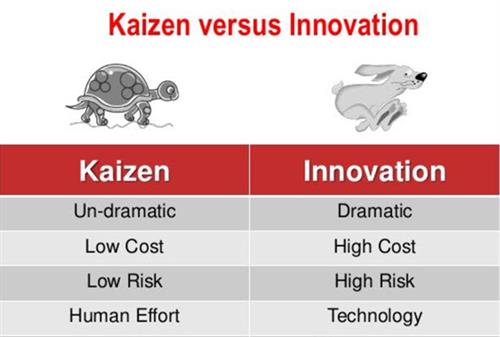
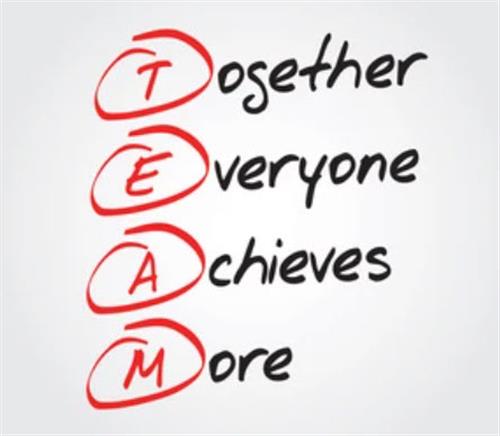

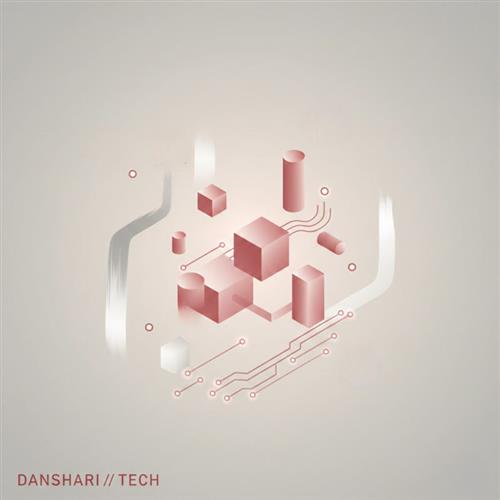

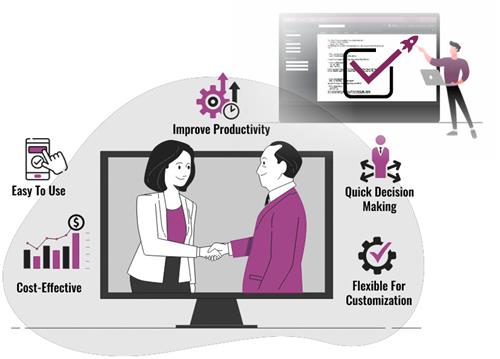






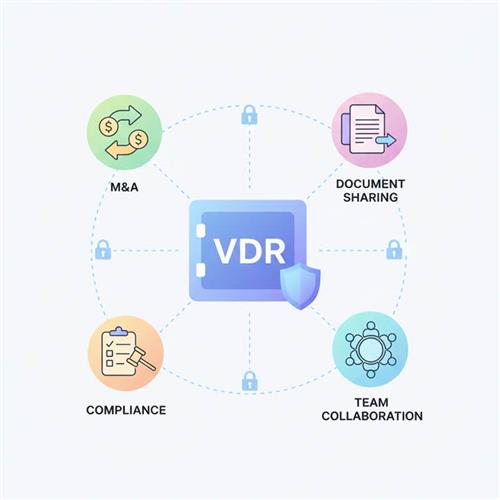
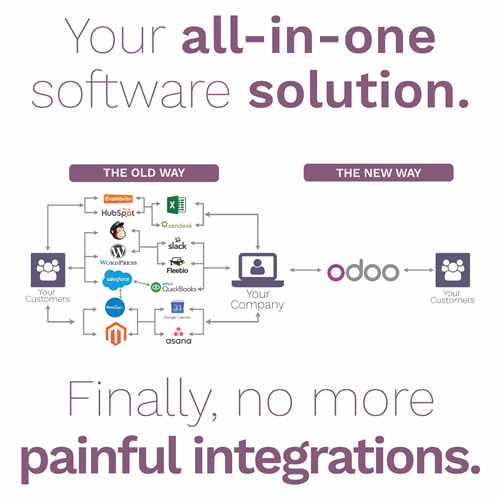
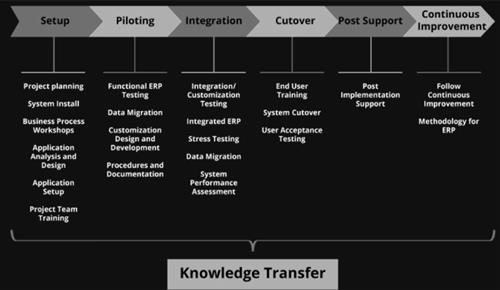
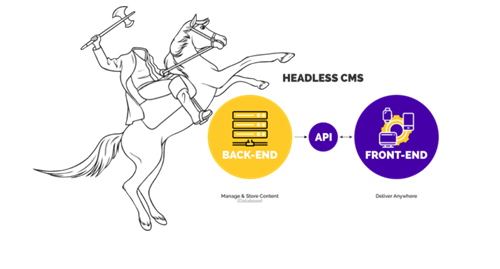









 Link copied!
Link copied!
 Recently Updated News
Recently Updated News